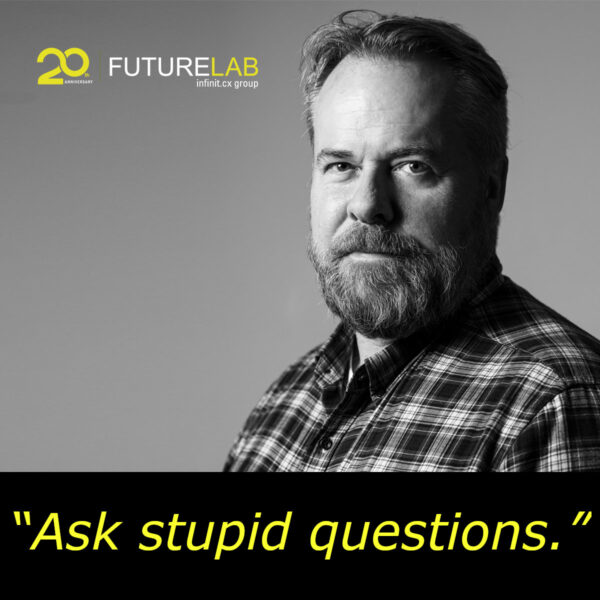Over the past few years, we have seen the web transform from a medium that facilitates information exchange to one that enables social connections and conversation. Arguably, the recent launch of Facebook’s Timeline marks another milestone for the web, enabling a web experience more personal than ever before.
Timeline facilitates the sharing of a user’s life story – both the portion already written and the one still unfolding. It does so by transforming the current Facebook profile into an unending digital scrapbook of sorts. Facebook reorganizes and summarizes available personal data such as likes, apps and photos into a timeline. Users are then encouraged to fill in the gaps, especially meaningful events that predate their time on Facebook.
What makes Timeline so different is that it enables users to share their lives in an easily accessible, highly visual chronology, rather than simply post thoughts in the here and now. A living memoir, if you will.
Please accept targeting cookies to see this content
For green marketers, Timeline offers a unique new way to understand and connect with Facebook users, and one which they should take advantage of. Here are a couple of ideas how:
Persistence: Timeline organizes content in a way that enables individual posts to remain accessible, rather than disappear from view on the Facebook Wall. Persistent access increases the value of this content – and Facebook as a channel for distributing it – by enabling it to be consumed and shared by viewers over a longer period of time. This provides greater impetus for green marketers to motivate consumers to post about, like or share branded content on Facebook, as greater persistence means more impressions over time.
Prediction: Personal information has long been used to more effectively target users with ads. Arguably, Timeline will enable a more in-depth view of the user mindset, revealing new targeting and messaging avenues. Facebook has the potential to use this data not only to help green marketers find those that have demonstrated a clear affinity for green, but also to predict interest based on similar attitudes, experiences, demographics or behaviors. This can enable green marketers to target micro-segments with more specific messaging, or even find new audiences, even those that have not yet taken action.
While Timeline is still in beta with consumers, there are expectations that Facebook will soon make Timeline functionality available for business pages. Green brands should consider this new template for their own Facebook page as its functionality offers advantages for companies too:
Presentation: Timeline could enable new ways for businesses to present their brand online. For example, Timeline enables a larger profile image prominently placed at the top of the page. Companies could use this space to build awareness for their brand or promote a trial offer for a new product. Additionally, Timeline allows users to expand thumbnail images to provide a broader view of images and graphics, something for which the previous platform has limited ability to do. This should benefit green marketers who find that their products require more explanation to drive broader adoption.
Persistence: A chronological Facebook business page would enable users ongoing access to brand information. This should motivate green marketers to post more content on their Facebook pages such as product information, stories or even blog posts, bolstering these pages as comprehensive access points for brand content.
Timeline is an emerging platform that will enable users to have a more personal web experience. Green marketers should take advantage of this functionality to more effectively engage consumers, as well as new capabilities as the platform evolves into the future.
Image by: eskedal
Original Post: http://marketinggreen.wordpress.com/2011/11/26/facebook-timelines-green-opportunities/




